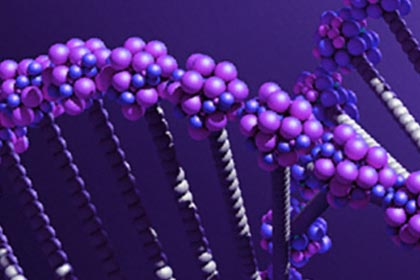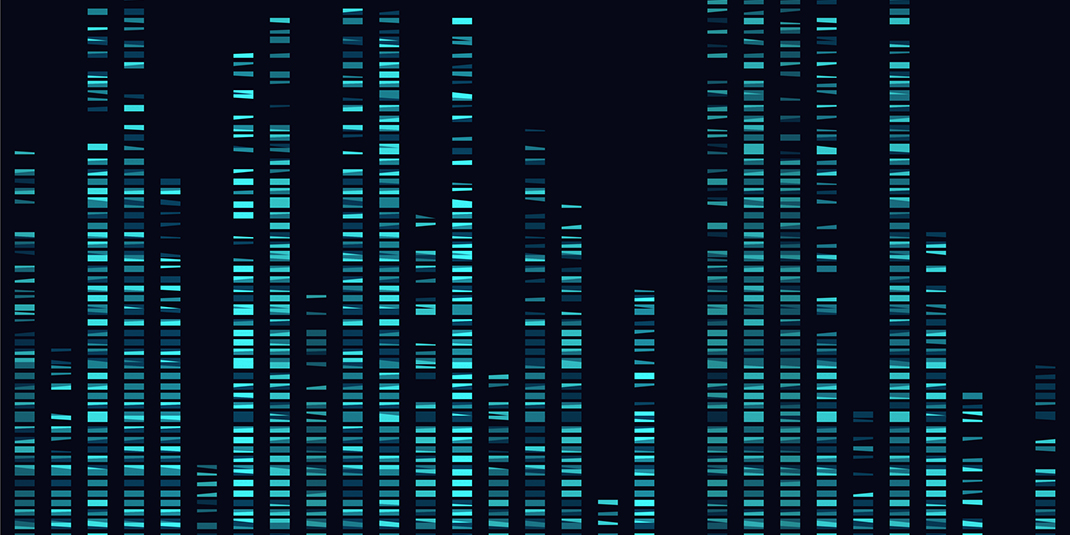How to Improve Your RNA-Seq Data with UMIs and ERCC RNA
Quantifying transcripts accurately and reproducibly is critical when studying gene expression. Scientists have developed two powerful tools for RNA sequencing (RNA-Seq) experiments to minimize bias and variability: unique molecular identifiers (UMIs) and ERCC RNA spike-ins. We’ll cover the basics of each and how they can help you produce better RNA-Seq data. Unique Molecular Identifiers (UMIs) What are […]
View Blog
















